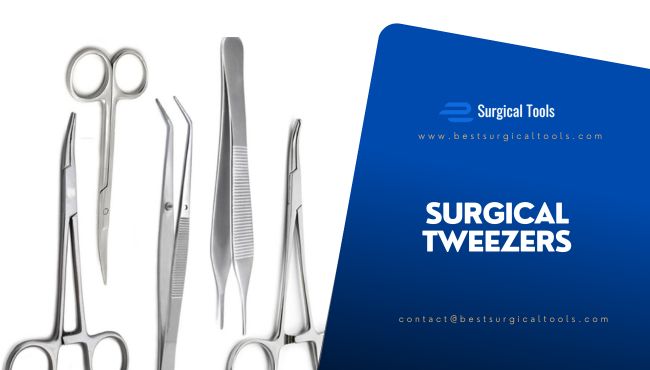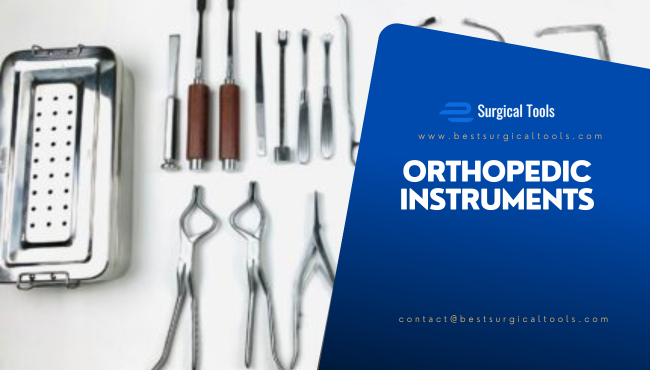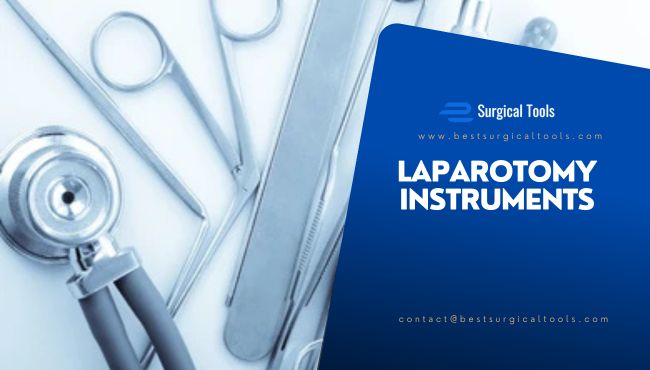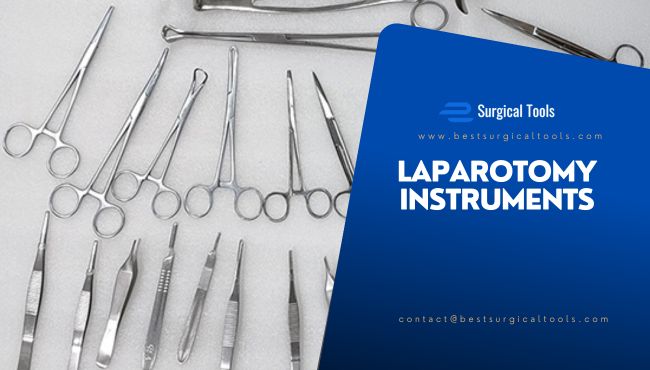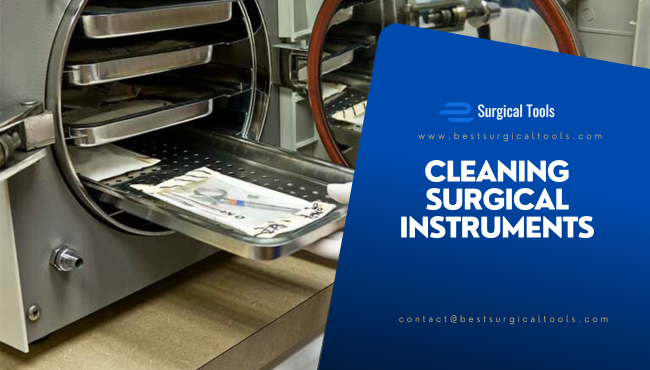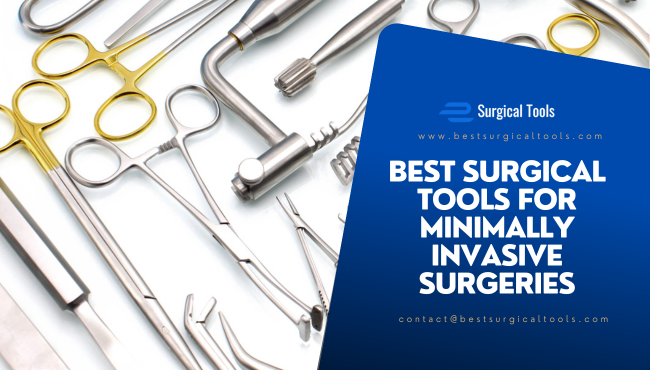
Best Surgical Tools for Minimally Invasive Surgeries
Minimally invasive surgery (MIS) is not the future anymore—it's here and the norm for most medical procedures. Surgeons and hospitals nationwide are abandoning old-fashioned open surgeries, opting instead to perform quicker, safer, and more accurate operations using the assistance of advanced surgical equipment.
If you’re in the medical field, you already know how critical it is to have the right tools. But with so many options on the market, how do you choose the best surgical instruments for these procedures?
Let’s break it down in plain, simple terms.
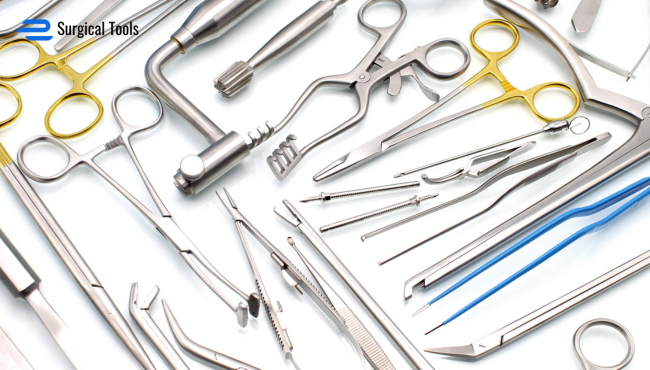
Why Minimally Invasive Surgery is Taking Over
Doctors and patients both prefer MIS for some very simple reasons:
- Patients recover faster – Nobody likes long hospital stays. Shorter recovery means happier patients.
- Less scarring – Small incisions heal quickly and leave minimal marks.
- Lower risk of complications – The smaller the cut, the lower the risk of infections and other issues.
- More precision, less damage – New tools allow surgeons to operate with pinpoint accuracy, reducing unnecessary tissue damage.
- Hospitals save money – Faster surgeries + quicker recoveries = fewer resources used.
The only catch? You need high-quality, reliable surgical instruments to make it all work.
Top Surgical Instruments Every Surgeon Needs for MIS
1. Laparoscopic Scissors & Graspers
Let’s be real—every surgeon has struggled with dull, uncomfortable tools at some point. Poor-quality laparoscopic scissors and graspers make precision work way harder than it should be.
What to Look for:
- Sharp, durable blades that stay sharp longer
- Comfortable, non-slip handles for a steady grip
- Stainless steel or titanium material to prevent rust and wear
Perfect for: Gallbladder removal, appendectomy, and hernia repair
Looking for high-quality laparoscopic instruments? [Click here to explore options]
2. Endoscopic Needle Holders
If you’ve ever struggled with a suture slipping out of place at the worst possible moment, you already know why these matter.
What to Look for:
- Secure needle grip—no more slipping
- Lightweight but sturdy—your hands will thank you
- Autoclavable—because sterilization isn’t optional
Perfect for: Hernia repairs, weight loss surgeries, colorectal procedures
Upgrade your needle holders today. [Shop now.]

3. Robotic-Assisted Surgical Instruments
Robotics isn’t just for sci-fi movies anymore—it’s already changing the way surgeons perform complex procedures. If you’re still relying only on manual tools, you might be falling behind.
What to Look for:
- 360-degree rotational movement—your hands can’t do that
- AI-powered motion stabilization—reduces errors caused by hand tremors
- High-definition magnification—because details matter
Perfect for: Prostate surgery, hysterectomies, knee and hip replacements
4. Electrosurgical Devices
Controlling bleeding used to be one of the biggest challenges in surgery. Now, smart electrosurgical tools seal blood vessels instantly, making procedures cleaner, faster, and safer.
What to Look for:
- Adjustable power settings for different procedures
- Low heat emission to avoid damaging surrounding tissue
- Reliable sealing capability—no one wants to deal with post-op bleeding
Perfect for: Tumor removal, laparoscopic hysterectomies, plastic surgeries
Find the best electrosurgical tools here. [Shop now.]
5. Self-Sealing Trocars & Cannulas
If you perform any laparoscopic surgery, you need high-quality trocars—no exceptions. Cheap, low-quality versions increase patient discomfort, surgical risks, and frustration for the surgeon.
What to Look for:
- Low-pressure entry system—less trauma for the patient
- Self-sealing design to maintain stability during surgery
- Available in disposable and reusable options
Perfect for: Bariatric surgeries, colon resections, gallbladder removal
Don’t risk complications—get high-quality trocars here. [Shop now]

How to Choose the Right Surgical Tools (Without Wasting Money)
Not all surgical tools are created equal. Here’s what really matters when selecting your instruments:
Material Quality: Why It’s Gotta Be Top-Notch
You wouldn’t trust a flimsy knife in the kitchen, so why risk it in the operating room? The good stuff—German stainless steel, titanium, or ceramic coatings—is where it’s at. These materials don’t just last longer; they perform like champs, staying sharp and reliable cut after cut. I’ve seen cheap knockoffs rust or dull out fast, and that’s a nightmare when precision’s everything. Shell out for quality—check out what pros say on Surgical Instruments 101—it’s worth every penny for tools that don’t quit.
Comfort & Design: Making Surgeons’ Lives Easier
Ever tried slicing veggies with a slippery handle? Now imagine that mid-surgery—yikes. A solid grip isn’t just comfy; it’s a game-changer for precision and keeping fatigue at bay. I’ve talked to surgeons who swear by well-designed instruments—less hand cramps, more control, better outcomes. It’s not fluff; it’s physics. Peek at ergonomic tips from Medical Design Technology—when your tools feel right, you’re not wrestling them, and that’s gold in a long procedure.
Durability: Tools That Can Take the Heat
Surgical gear’s gotta be tough—sterilization’s no joke, and you don’t want something that loses its edge or falls apart after a few rounds. Picture this: you’re in surgery, and your scissors go blunt because they couldn’t hack the autoclave. That’s not just annoying—it’s a risk. Quality instruments, like the German-made ones on B Braun’s site, are built to shrug off heat and chemicals without flinching. Spend on stuff that lasts, and you’re not fishing for replacements mid-year.
Trusted Supplier: Don’t Roll the Dice on Fakes
Here’s a horror story: fake instruments sneaking into the OR. Poorly made junk can snap, slip, or worse—mess up a patient. You’ve got to stick with suppliers you trust, not some shady deal off the internet. I’ve heard of folks burned by bargain buys—tools that looked legit but crumbled fast. Vet your source like your life depends on it (because someone’s might). Sites like Best Surgical Tools break down how to spot the real deal—don’t gamble on this.
Why Upgrading Your Surgical Instruments Matters
In minimally invasive surgeries, precision is everything. The right tools don’t just make a difference—they define the success of every procedure.
Surgeons need high-quality, reliable, and cutting-edge surgical instruments to keep up with modern surgical advancements. Investing in the best tools ensures:
- Better patient outcomes
- Faster recovery times
- Fewer complications
- Improved overall efficiency in the OR
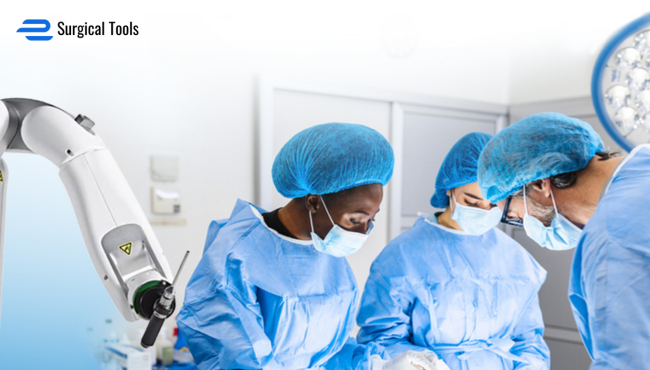
Conclusion: Gear Up for the Win
Look, at the end of the day, minimally invasive surgery’s all about giving patients the best shot—less pain, quicker recoveries, happier faces heading home. But you can’t pull that off with shaky hands or shoddy tools. The right gear—like those slick laparoscopic scissors, robotic arms, or trusty trocars—turns a tough gig into a smooth ride. It’s not just about keeping up with 2025’s tech; it’s about owning the OR, nailing every move, and knowing you’ve got the best in your hands. Invest in the good stuff—your patients, your team, and yeah, your sanity deserve it. Let’s make every cut count.
FAQs: Best Surgical Tools for Minimally Invasive Surgeries (2025 Edition)
1. What’s the best material for MIS surgical tools in 2025?
German stainless steel, titanium, or ceramic coatings—they last longer, stay sharp, and don’t rust. Top picks for pros who hate surprises.
2. Why are laparoscopic scissors a must-have for MIS?
They’re sharp, precise, and comfy—perfect for gallbladder jobs or hernia fixes. Dull ones? Total nightmare.
3. How do robotic tools beat manual ones in surgery?
They spin 360 degrees, steady shaky hands with AI, and zoom in HD—game-changers for prostate or knee ops.
4. What makes a good endoscopic needle holder?
A killer grip that won’t drop the needle, lightweight feel, and autoclave-ready build—saves your butt in colorectal work.
5. Are electrosurgical devices worth it for MIS?
Yep—seal vessels fast, less bleeding, low heat damage. Tumor removals or hysterectomies get way cleaner.
6. Why should I care about self-sealing trocars?
They cut trauma with low-pressure entry and lock tight—vital for bariatric or colon jobs. Cheap ones leak, and that’s a mess.
7. How do I pick MIS tools without wasting cash?
Go for durable stuff—steel or titanium—with comfy grips and a solid supplier rep. Skip the too-good-to-be-true deals.
8. What’s the big deal with comfort in surgical tools?
A good grip means less fatigue, more control—your hands won’t hate you after a long shift. Precision’s king in MIS.
9. How durable do MIS tools need to be?
Tough enough to handle sterilization without going dull—think German-grade steel. You don’t want blunt scissors mid-surgery.
10. Why upgrade my MIS tools in 2025?
Better tools mean better outcomes—faster recoveries, fewer hiccups, slicker OR vibes. Patients and your wallet will thank you.

